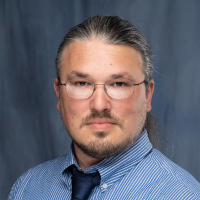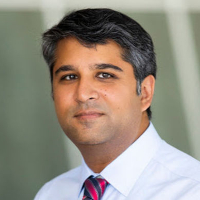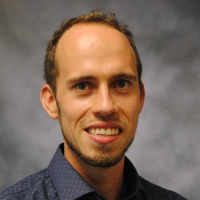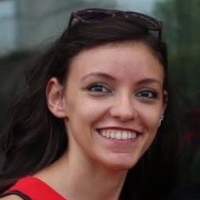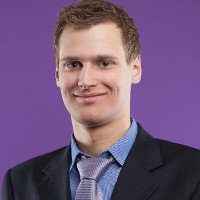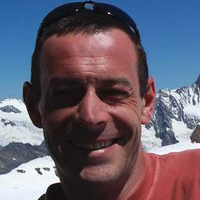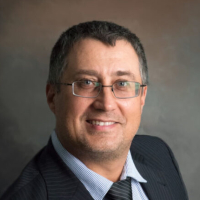T.J. Sego (UF Laboratory for Systems Medicine)
423 Little HallReproducible Stochastic Simulation Stochastic simulations are commonly used to quantitatively or semi-quantitatively describe the dynamics of biological systems. At various scales and in multiple applications, stochastic simulation better reflects observed biological processes and robustness. Various methods are widely used to incorporate stochasticity into biological simulation, such as the Gillespie stochastic simulation algorithm for systems biology …
